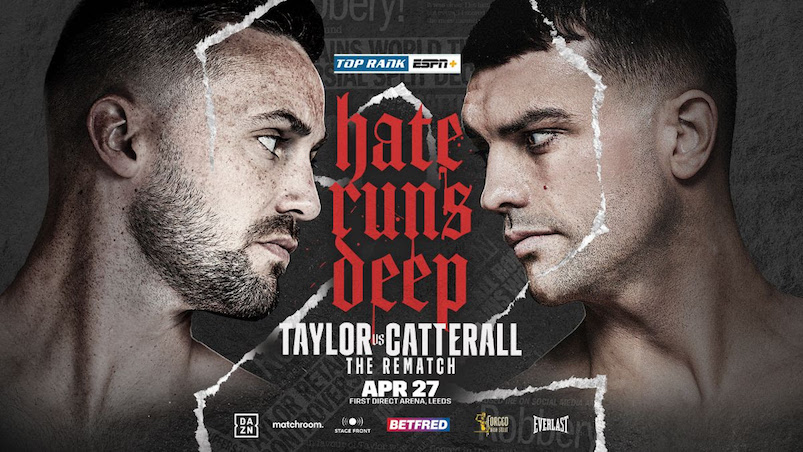Andre Drummond made a big leap in the 2015-16 season. He helped the Pistons reach the playoffs for the first time in seven years and averaged 16 points, a league-leading 15 rebounds, and over a block per game. Those numbers got him the first of what will surely be multiple All-Star appearances.
Yet, despite his continued growth, Drummond hasn't yet become the franchise player that can lead Detroit into contention. He’s still young enough to put it all together, but he hasn’t arrived yet.
Drummond’s most obvious shortcoming is his ghastly free throw shooting, but it’s not the only one. Drummond only connected on 35 percent of his attempts from the line, a horrible number that makes him a prime candidate for intentional fouling, forcing his coach to sit him during crunch time.
But beneath the surface, Drummond also has subtle shortcomings that have prevented him from reaching his full potential ... yet.
In theory, Drummond should be an imposing defender. In practice, not so much
Last year, Detroit had a very smart defensive game plan that focused on preventing three-pointers — especially from the corners — and coercing opponents into taking mid-range jumpers. They had the right personnel on the perimeter to do so, as both Reggie Jackson and Kentavious Caldwell-Pope did a good job of containing their men more often than not.
Yet, the Pistons still ranked a mediocre 13th in points allowed per 100 possessions because they lacked the final ingredient needed for their scheme to excel: a truly dominant rim protector. Drummond looks like one, but doesn’t actually play like it.
In order to take away pull-up threes, the Pistons' perimeter defenders fought over screens, so Drummond could hang back and be the last line of defense. The whole point was for him to deter drives and allow the guards to recover, even if it meant often allowing shots from the in-between area.
But Drummond, despite his physical tools, is not as fearsome a rim protector as he should be. Opponents know they can score on him, so they attack him even when he stays back.
The numbers show that Drummond simply doesn't intimidate opponents. They took more close shots with him on the court than off, per NBA.com’s stats page. He also doesn't have a huge effect at the team or individual level. When he was playing, the Pistons allowed a slightly higher field goal percentage on shots in the restricted area and opponents shot a high 52 percent on shots he contested at the rim. Drummond actually saved a negative number of points at the rim per game, according to an advanced metric by stat site Nylon Calculus.
The tools are there for Drummond to eventually become the type of player who owns the paint, but he hasn't reached that point yet. He sometimes lacks the focus to see drives before they unfold, which means he’s out of position. Other times, he's simply content with letting the guards try to recover while he carves out rebounding position. Even when he's actually there to contest shots, his technique is subpar and he doesn't use his length well.
Drummond is far from a terrible defender, but the Pistons need him to be dominant. The success of their scheme depends on it. So far, Drummond has come up short.
Drummond can’t just dunk and grab offensive rebounds
Drummond is a force in the pick-and-roll, both when finishing and by simply sucking attention off his other teammates. That's a great weapon to have, but the Pistons need Drummond to add more moves to his repertoire. They need him to become a shot creator to complement Jackson or even replace him as the primary scoring option.
Stan Van Gundy is trying to expedite that transformation by force-feeding him more touches on the block, but results have been mixed so far. Last season, Drummond ended the fourth-most possessions in the post, but ranked in the league's 27th percentile in efficiency on such plays, according to Synergy Sports.
Drummond is mechanical down low, but so was Dwight Howard and that didn't stop him from being the first option in Orlando. Drummond’s insistence to trying to score with finesse holds him back. Unlike Howard, who bullied his defenders when he was at his best, Drummond tries to use his touch around the rim. It’s lacking.
It's possible Drummond goes for hooks instead of trying to overpower opponents because he fears being fouled. Maybe he wants to master those moves instead of relying on explosiveness. Whatever the case, he cannot create his own offense consistently at this point. He assisted on just 4 percent of his teammates’ buckets while on the court, and was assisted on over half of his own makes. Those are role player numbers.
The Pistons are in a better position than they have been in years, so they can afford to be patient. Drummond just turned 23 years old, so he’s still younger than a few rookies entering the league next season. Big men typically take longer to fully develop and even this flawed version of Drummond was good enough to earn All-NBA third team honors.
The right thing to do is to continue to build around him and hope he can improve on his weaknesses. He could still become the two-way centerpiece, and his talent suggests he should eventually be.
Until that happens, though, the Pistons' rise to contender status will be delayed. Their long-term future relies on Drummond taking that next step. This is the year he must start.



